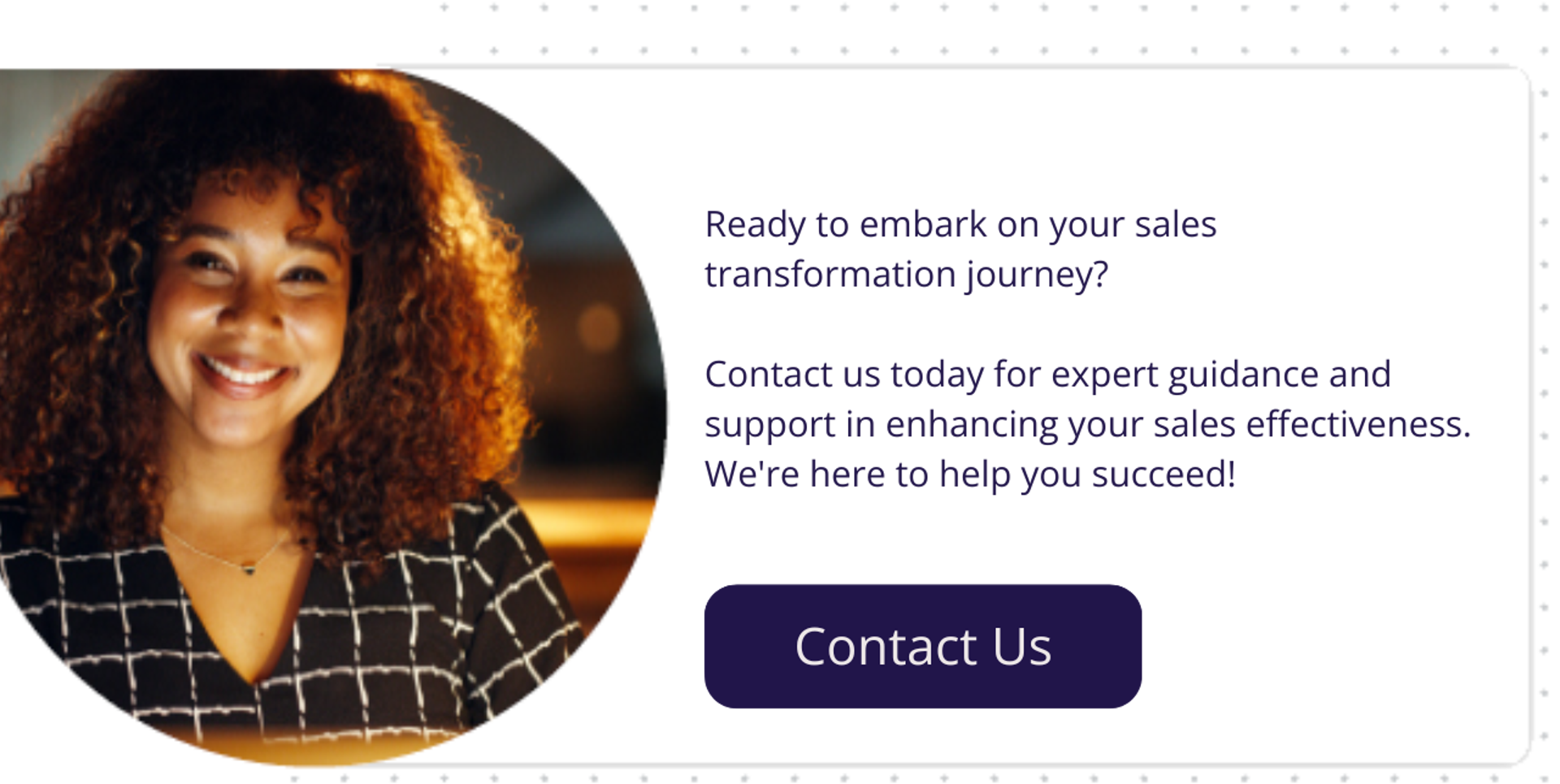Sales Transformation: Unlocking High Performance in a Complex Market
Sales performance improvement

In today’s rapidly evolving sales landscape, sales transformation has become essential for organizations aiming to thrive amid changing buyer behaviors, competitive pressures, and emerging technologies. This article explores the need for sales transformation, the processes involved, and the benefits of a cohesive approach to sales enablement.
What is Sales Transformation?
Sales transformation refers to a marked change in how organizations approach selling. It involves fundamentally altering sales strategies, processes, and tools to improve performance and meet the evolving demands of the market. In an era where competition is fierce, transforming your sales force into a more effective, well-oiled machine is crucial for long-term success.
Why Sales Transformation is Necessary?
The sales world is becoming increasingly complex and competitive. Attracting and retaining top talent is a critical concern for business leaders, especially as market pressures grow. Various tools and methodologies exist—such as sales coaching, technology, and training—but without a cohesive framework, organizations struggle to achieve the necessary long-term transformation for high performance.
The Case for Sales Transformation
Transforming sales functions is essential for several reasons:
- Addressing Quota Shortfalls: With a significant percentage of sales teams missing quotas, transformation initiatives can equip teams with the skills, tools, and structure needed to enhance performance.
- Navigating Sales Complexity: As selling becomes more intricate, organizations must ensure their sales teams are well-prepared to succeed in a complex environment.
- Reducing Attrition Costs: A focus on transformation can lead to improved employee engagement and retention, mitigating the costly cycle of recruitment and onboarding.
- Maximizing Training ROI: Effective sales training should yield long-term results. Transformation initiatives that incorporate structured tools and processes can improve retention and application of training.
Implementing a Sales Transformation Initiative
A Case Study in Successful Sales Transformation
Consider a global technology solutions company facing unprecedented market changes. Their leadership team recognized the need for a fundamental shift in their sales approach. Although they had a previous sales academy, they understood that merely providing training was insufficient.
The Solution
The organization's sales enablement strategy focused on integrating various functions—lead generation, sales effectiveness, sales automation, sales support, and sales learning—to align with strategic priorities, such as improving first-year sales productivity and increasing growth targets.
Key Components of the Solution:
- Project Plan Development: A detailed project plan was created, outlining stages for development and deployment to ensure actionable steps toward transformation.
- Tool Integration: The organization modified their CRM stages to align with new sales processes, ensuring tools supported new behaviors and prevented the reinforcement of old habits.
- Awareness and Sustainment: Training reinforced the use of integrated tools, enhancing awareness and helping sustain change over time.
Best Practices for Successful Sales Transformation
To achieve effective sales transformation, organizations should:
- Secure Top-Down Support: Leadership involvement is crucial for accountability and coordination. Without it, transformation efforts may lack direction and impact.
- Focus on Change Management: Recognizing that 70% of change initiatives fail, organizations must prioritize effective change leadership and management.
- Prioritize Initiatives: Avoid the “boil the ocean” mentality. Identify a few high-impact initiatives and focus on executing them effectively while maintaining a long-term master plan.
- Leverage Internal Expertise: Use the diverse talents within your organization. Involve experts in areas where you may lack knowledge, and ensure their insights guide transformation efforts.
- Embrace Continuous Improvement: Foster a culture of ongoing improvement, where initiatives are continuously assessed and adjusted based on feedback and results.
The Path Forward in Sales Transformation
The challenges facing sales organizations today are significant, but so are the opportunities for sales transformation. By strategically focusing on aligning sales processes, tools, and training, organizations can overcome obstacles and drive high performance. As the sales landscape continues to evolve, embracing transformation is not just necessary—it’s vital for sustained success.


White Paper: From Insight to Impact - Harnessing Behavior Analytics for Sales Growth
Learn how to harness behavior analytics for sales growth by overcoming the challenge of connecting sales performance metrics to specific behaviors.
DownloadGet industry insights and stay up to date, subscribe to our newsletter.
Joining our community gives you access to weekly thought leadership to help guide your planning for a training initiative, inform your sales strategy, and most importantly, improve your team's performance.






